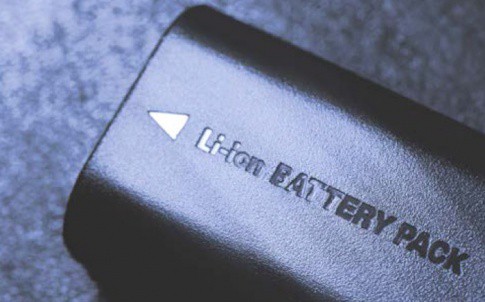
As the production of green electricity is exploding worldwide, so is the demand for more efficient electricity storage methods. The global market for batteries is growing fast, particularly as high power and high capacity cells are needed for large-scale applications such as automotive and household. In parallel, the demand for miniaturization and high performance in personal electronic devices is not abating. In this context, the lithium-ion technology is quickly gaining pace over older energy storage technologies such as lead-acid.
The electrodes in lithium-ions batteries are not solid structures but consist of a mixture of active materials in particulate form. Both the chemical composition and the particle size of the electrode material crucially influence battery performance. Here we investigated the particle size of carbon black, a commonly used cathode component, and of crystalline silicon, an innovative anode material.
During electrode production, the raw materials are processed into slurry before being deposited onto current collectors. The electrodes’ electrochemical properties depend both on the mixing ratio of the active materials and on the particle size distribution. Optimizing the particle size of the raw materials will thus ensure that the diffusion of the lithium ions is optimal and that electrode lithiation and delithiation are rapid and constant. In addition, checking particle size is also required to investigate the possible presence of agglomerates, as these might negatively impact electrode performance.
An experiment run by Anton Paar demonstrates how their Litesizer is a useful tool for the quality control of battery material.
Click on the link above and download their report to find out the interesting key findings of this experiment.










INWED Engineering Profile: Naval Architect Ellie Driver
Not a woman I´d want to cross … oh, that was Elle Driver